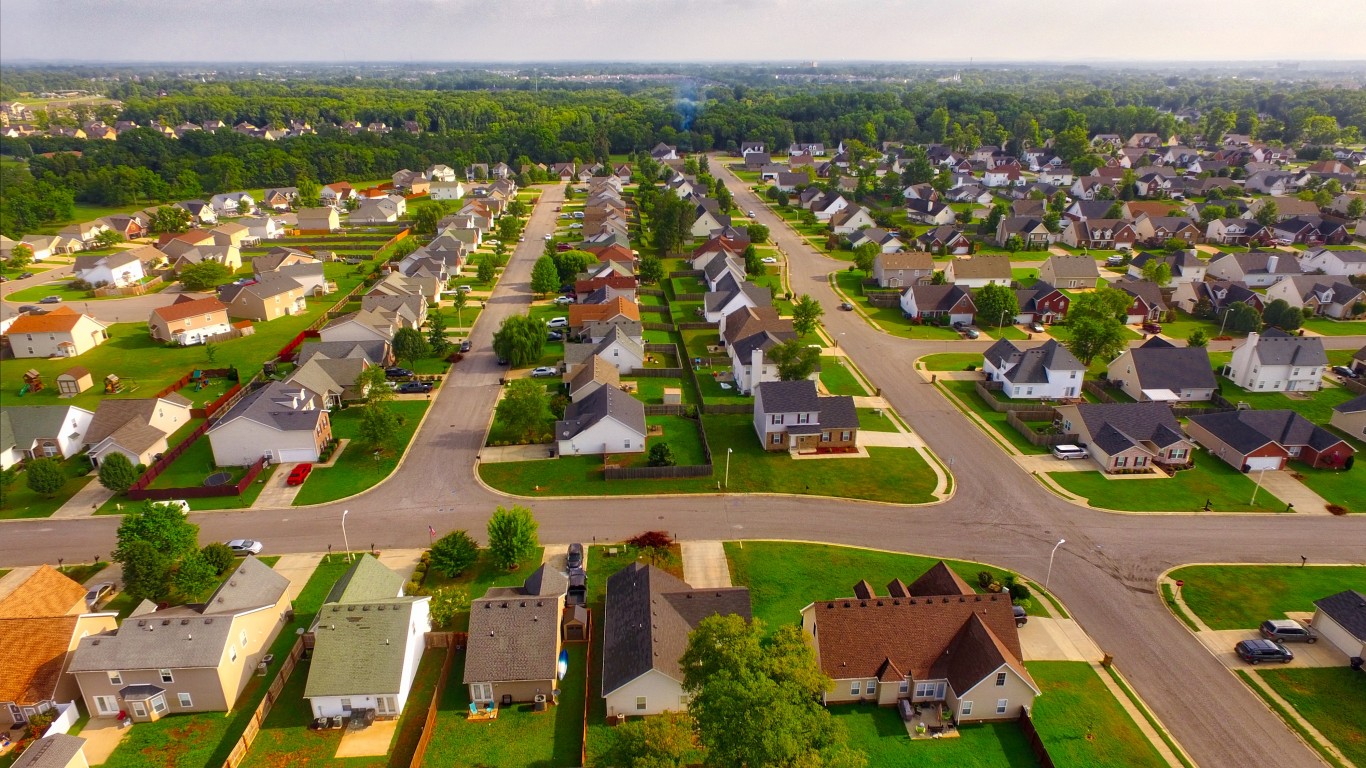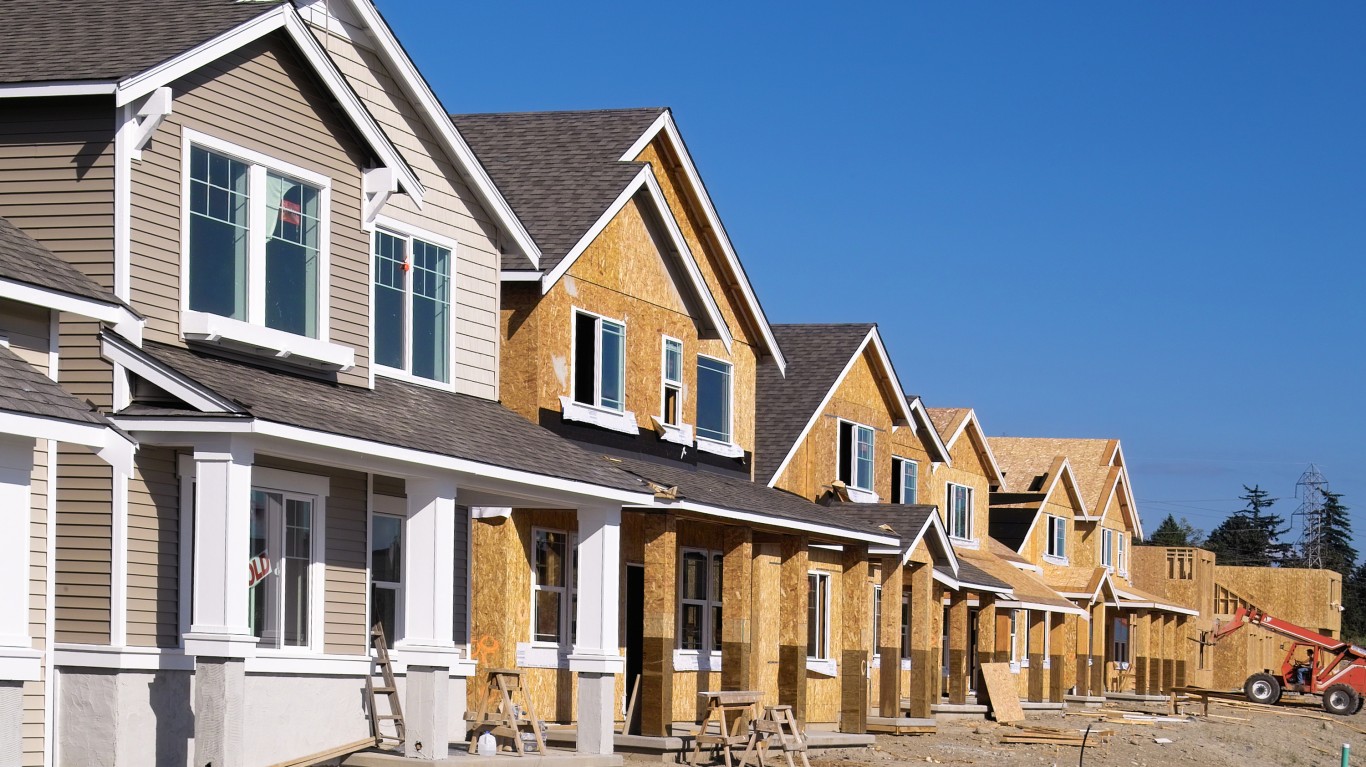
The share of home mortgage loan payments that are 30 days or more past due fell to 3.7% in August, remaining at its lowest level in more than 20 years. Month over month, the overall delinquency rate dipped by 0.2 percentage points, and it has declined by 0.2 points since August 2018. The foreclosure inventory rate fell from 0.5% to 0.4% year over year, again a 20-year low.
The foreclosure rate remains below the average pre-crisis level of 0.6%. Since March of 2018, the overall delinquency rate in each month has been lower than it was in the pre-housing-crisis period between 2000 and 2006, when the average was 4.7%.
CoreLogic reported the data in its Loan Performance Insights report for August published Tuesday morning. Early-stage delinquencies, defined as 30 to 59 days past due, remained flat month over month at 1.8% year over year in August. The share of mortgages that were 60 to 89 days past due in July was 0.6%, unchanged compared with last year’s rate. According to CoreLogic, measuring early-stage delinquency rates is important for analyzing the health of the mortgage market.
The share of mortgages that transitioned from current to 30 days past due was 0.8% in August 2019, unchanged compared to a year ago. This year’s rate remains below the transition rate of 1.2% just before the housing crisis struck and well below the peak rate of 2% in November 2008.
Serious delinquency rates (defined as 90 days or more past due) fell from 1.5% in August 2018 to 1.3% this past August, below the average for the pre-crisis period of 2000 through 2006. Serious delinquency rates declined in 44 states during the month, rose in two (Nebraska and Iowa) and was unchanged in the others.
CoreLogic’s chief economist, Dr. Frank Nothaft, said:
Delinquency rates are at 14-year lows, reflecting a decade of tight underwriting standards, the benefits of prolonged low interest rates and the improved balance sheets of many households across the country. Despite this month’s near-record-low serious delinquency rate, several metros in hurricane-ravaged areas of the Southeast have experienced higher delinquency rates of late. We expect to see these metros to return to pre-disaster delinquency rates over the next several months.
Frank Martell, president and CEO of CoreLogic, added:
Job loss can trigger a loan delinquency, especially for families with limited savings. The rise in overall delinquency in Iowa, Minnesota, Nebraska and Wisconsin coincided with a rise in state unemployment rates between August 2018 and August 2019.
Mortgage rates on a 30-year fixed-rate loan rose to 3.86% on Tuesday as yields on the 10-year Treasury note increased to 1.94%.
Among the nation’s largest cities, New York (5.1%) and Miami (5.0%) have the highest rate of mortgages at least 30 days past due. San Francisco had the lowest rate, 1.2%.
The states with the highest rates of mortgages at least 30 days past due are Mississippi, Louisiana, New York, Alabama and West Virginia, all with rates of at least 5%, compared to the national average of 3.7%. The states with the lowest rates of mortgages at least 30 days past due are North Dakota, Idaho, Washington, Oregon and Colorado, all with rates of around 2% or below.
It’s Your Money, Your Future—Own It (sponsor)
Retirement can be daunting, but it doesn’t need to be.
Imagine having an expert in your corner to help you with your financial goals. Someone to help you determine if you’re ahead, behind, or right on track. With SmartAsset, that’s not just a dream—it’s reality. This free tool connects you with pre-screened financial advisors who work in your best interests. It’s quick, it’s easy, so take the leap today and start planning smarter!
Don’t waste another minute; get started right here and help your retirement dreams become a retirement reality.
Thank you for reading! Have some feedback for us?
Contact the 24/7 Wall St. editorial team.
 24/7 Wall St.
24/7 Wall St.